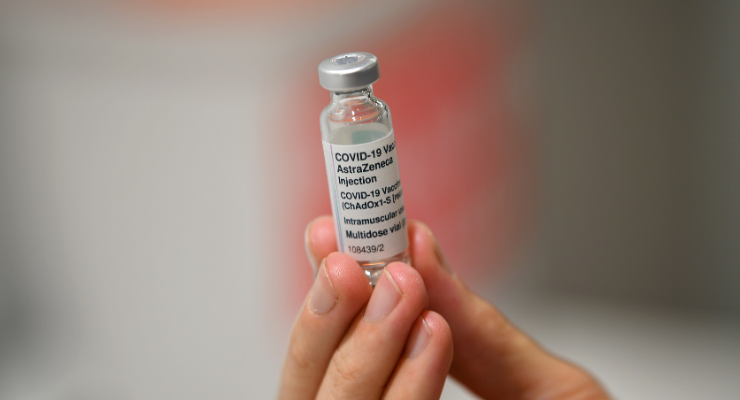
The Morrison government has finally unveiled a four-phase plan to reopen Australia, 17 months after the pandemic first hit. The plan lacks data on vaccination rates, goals or dates — the government is waiting for modelling from the Doherty Institute.
But experts warn Australia may have to look abroad for guidance as the more infectious Delta variant spreads among populations, with herd immunity potentially off the table — even with high vaccination rates.
Let other countries be our guide
The UK has hit vaccination rates of 70%. Today it’s expected COVID-19 restrictions will be eased. Vaccinated adults will be able to return from certain countries without having to self-isolate; face masks will be voluntary outside healthcare settings, as will scanning QR codes to enter hospitality venues.
But experts warn this may be premature and could speed up the development of variants.
Associate professor James Trauer, head of the epidemiological modelling unit at Monash University, tells Crikey Australia will probably have to look at the impact that relaxing restrictions has abroad before clear targets can be set.
“It’s hard to really put concrete numbers on what level of vaccination coverage would be required before we could start reopening,” he said.
The four-phase plan ranges from the current suppression phase to post-vaccination, where restrictions will be eased and lockdowns used sparsely, to managing COVID with booster vaccinations, to the final phase with uncapped arrivals for all vaccinated travellers.
A population is generally considered to have herd immunity when 70% to 80% of the population is vaccinated — but Trauer warns against having this as a goal.
“We have to move away from thinking of herd immunity as all or nothing — herd immunity means the point at which transmission is just totally controlled without doing anything else,” he said.
Instead, herd protection should be Australia’s goal, which is when there’s enough immunity to prevent explosive outbreaks: “We do have to just learn to live with this virus and accept some transmission at some point and Australia has become extremely risk-averse.”
Herd immunity may be off the table
Herd immunity may never be possible. Adrian Esterman, professor of biostatistics at the University of South Australia, says herd immunity is 80% possible only if the vaccine is 100% effective. Pfizer has 95% efficacy in preventing infection, while AstraZeneca has an efficacy of between 60% and 73%.
“We’re going to have to keep social distancing, hand hygiene and contact tracing even once we hit phase four,” he said.
This puts Prime Minister Scott Morrison’s messaging that COVID during phase three will be treated like any other infectious disease, including the flu.
“COVID-19 certainly can’t be handled as it was ebola or the flu, for example, but could eventually end up like a flu-like illness,” Esterman said. “I think we’ll end up with a COVID-19 normal rather than pre-pandemic normal.”
When should we stop looking at infection rates?
Key to the vaccine’s success is not reduced infection rates but reduced serious illness — meaning eventually Australia will have to look at the rate of hospitalisation as a metric for success.
Esterman says this could happen when about 50% of Australia’s population is vaccinated.
“There’ll be far fewer chances of outbreaks and far fewer chances of having to get locked down,” he said.
Trauer said Australia’s focus on elimination — he disagrees with the government’s labelling of our approach as “suppression” — will have to change drastically. Success will be when every adult who wants to get vaccinated has had that opportunity: “Suppression means allowing some transmission, but keeping it manageable.”








Crikey is committed to hosting lively discussions. Help us keep the conversation useful, interesting and welcoming. We aim to publish comments quickly in the interest of promoting robust conversation, but we’re a small team and we deploy filters to protect against legal risk. Occasionally your comment may be held up while we review, but we’re working as fast as we can to keep the conversation rolling.
The Crikey comment section is members-only content. Please subscribe to leave a comment.
The Crikey comment section is members-only content. Please login to leave a comment.